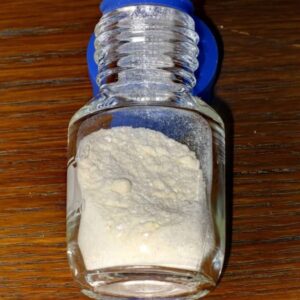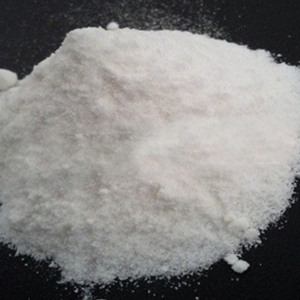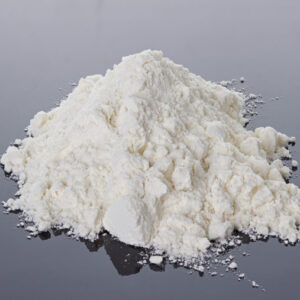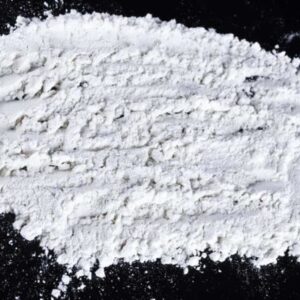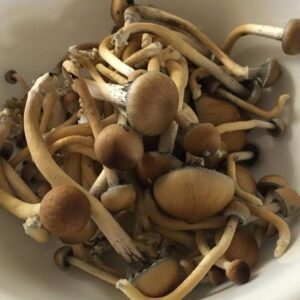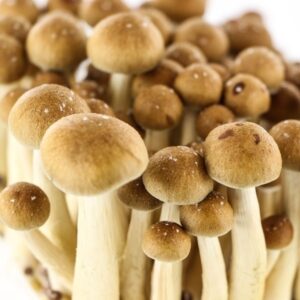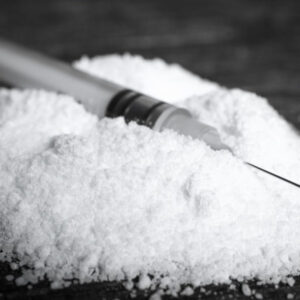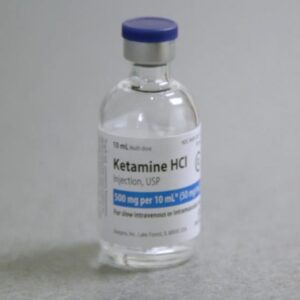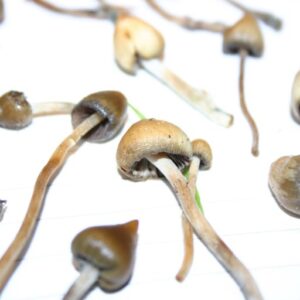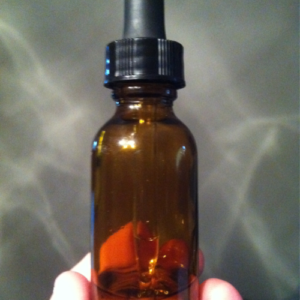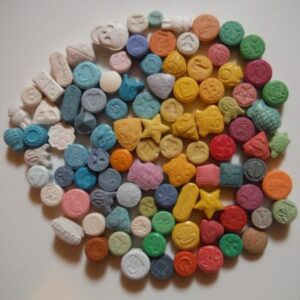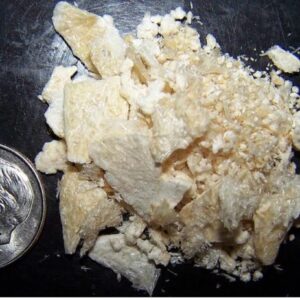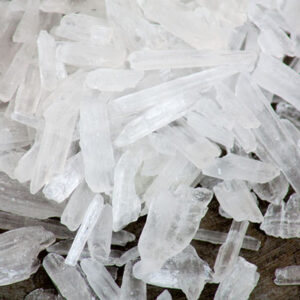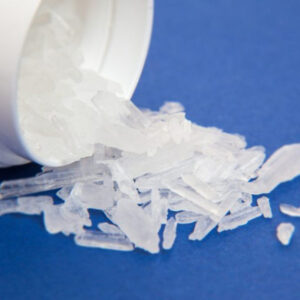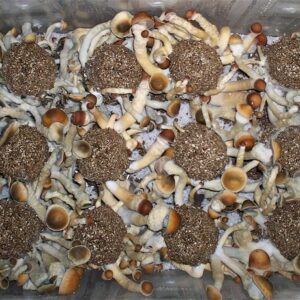WHAT IS CLUB DRUG
“Club drug” is a term used to describe substances commonly used in party or club environments for their stimulant or euphoric effects. Some well-known club drugs include:
–COCAINE: Cocaine is a powerful stimulant drug derived from the coca plant. It’s known for its euphoric effects, increased energy, and heightened alertness, but it also carries significant risks and potential for abuse. Here’s a detailed overview:
Effects:
- Euphoria: Cocaine produces intense feelings of pleasure and well-being, often accompanied by heightened confidence and sociability.
- Increased Energy: Users may experience increased physical energy, reduced appetite, and decreased need for sleep.
- Alertness: It can enhance focus and alertness temporarily.
Forms:
- Powder Cocaine: This form is often snorted or dissolved in water and injected. It’s a white, powdery substance.
- Crack Cocaine: A solid, crystal form of cocaine that is typically smoked. It produces a more intense, immediate high compared to powder cocaine.
Duration:
- The effects of cocaine are relatively short-lived. For powder cocaine, the high typically lasts about 15 to 30 minutes, while crack cocaine’s effects can last around 5 to 10 minutes.
Risks and Side Effects:
- Physical Health Risks: Cocaine use can lead to cardiovascular problems such as heart attack, stroke, and elevated blood pressure. It can also cause respiratory issues, especially when smoked.
- Mental Health Risks: Prolonged use can result in paranoia, anxiety, and hallucinations. Long-term use can also lead to severe mood swings, irritability, and aggression.
- Addiction: Cocaine is highly addictive. Repeated use can quickly lead to physical and psychological dependence, characterized by cravings and compulsive drug-seeking behavior.
- Overdose: High doses or prolonged use can lead to overdose, which can be fatal. Symptoms of overdose include seizures, heart attack, stroke, and respiratory failure.
Legal Status:
- Cocaine is a controlled substance in most countries, classified as a Schedule II drug in the U.S. due to its high potential for abuse and addiction. Its medical use is limited to certain conditions and is typically administered in very controlled settings.
Treatment:
- Addiction Treatment: Treatment for cocaine addiction often involves behavioral therapies, counseling, and support groups. Medications to help manage withdrawal symptoms or co-occurring mental health issues may also be used.
Cocaine use carries significant health risks, and its potential for addiction makes it particularly dangerous. If you or someone you know is struggling with cocaine use, seeking professional help is crucial.
–LSD:
Club drug,LSD (lysergic acid diethylamide) is a powerful hallucinogenic drug that alters perception, mood, and cognitive processes. It’s known for its ability to produce vivid visual and auditory hallucinations, a distorted sense of time, and profound changes in thought patterns.
Here are some key points about LSD:
- Effects: LSD can cause a range of effects including intense visual and auditory hallucinations, altered thinking processes, and emotional swings. Some users report a heightened sense of awareness or a feeling of interconnectedness with the universe, while others might experience confusion or paranoia.
- Duration: The effects of LSD typically last between 8 to 12 hours, although this can vary depending on the dose and individual.
- Dosage: LSD is usually taken in very small doses, as it is extremely potent. It is often found in the form of blotter paper (small squares of paper that have been soaked in the drug), tablets, or capsules.
- Risks: While LSD is not considered physically addictive, it can have psychological risks. Users might experience “bad trips,” which can involve severe anxiety, paranoia, and confusion. Long-term use can potentially lead to persistent changes in perception or mental health issues.
- Legal Status: LSD is classified as a Schedule I controlled substance in many countries, meaning it is illegal to manufacture, distribute, or possess it without special permission.
LSD and other hallucinogens should be approached with caution, and their use is not without potential risks. If someone is considering using LSD, understanding the effects, risks, and legal consequences is crucial.
-DMT: DMT (dimethyltryptamine) is a powerful psychedelic compound known for producing intense and profound experiences, often described as “trip-like” or “hallucinogenic.” Here’s a brief overview of DMT:
–MDMA: MDMA (3,4-methylenedioxymethamphetamine), commonly known as Ecstasy or E, is a synthetic drug with both stimulant and empathogenic effects. It is popular in party and club scenes for its ability to enhance mood and social connection. Here’s an overview:
CLUB DRUG
CLUB DRUG
CLUB DRUG
CLUB DRUG
CLUB DRUG
CLUB DRUG
CLUB DRUG
CLUB DRUG
CLUB DRUG
CLUB DRUG
CLUB DRUG
CLUB DRUG

